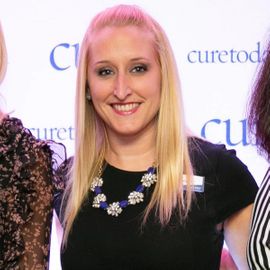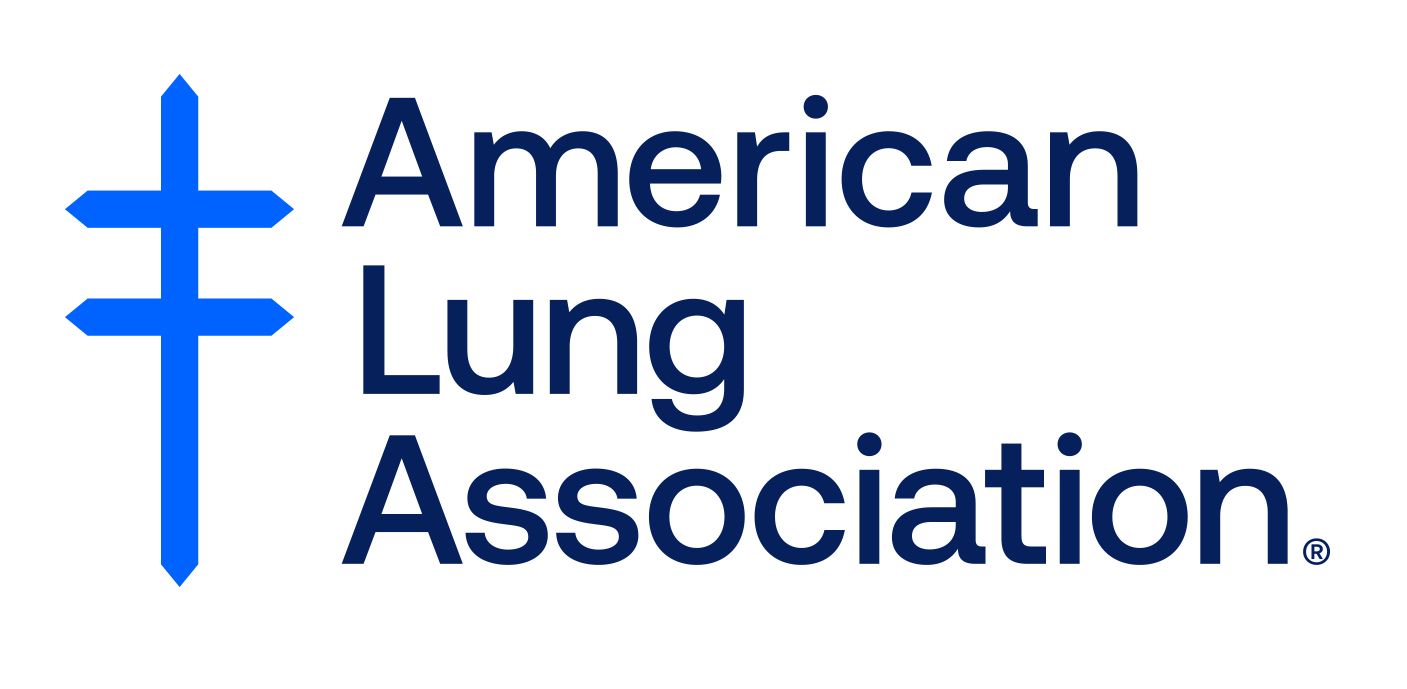- About Us
- Advertise / Support
- Editorial Board
- Contact Us
- CancerNetwork.com
- TargetedOnc.com
- OncLive.com
- OncNursingNews.com
- Terms & Conditions
- Privacy
- Do Not Sell My Information
- Washington My Health My Data
© 2025 MJH Life Sciences™ and CURE - Oncology & Cancer News for Patients & Caregivers. All rights reserved.
How The Community Can Help Combat Access to Lung Cancer Screening, Care Issues

Kristie L. Kahl is vice president of content at MJH Life Sciences, overseeing CURE®, CancerNetwork®, the journal ONCOLOGY, Targeted Oncology, and Urology Times®. She has been with the company since November 2017.
CURE® spoke with Dr. David Cooke, on behalf of the American Lung Association, on addressing racial disparities in lung cancer screening and care.
Although the rate of lung cancer mortality has significantly declined in the last 30 years, lower amounts of screening and limited access to treatment still persist.
On behalf of the American Lung Association, CURE ® spoke with Dr. David Cooke, head of the section of general thoracic surgery at UC Davis Health, about racial disparities in lung cancer and how the community can help to negate access to care issues.
CURE®: What is the rate of lung cancer diagnoses, in particular amongst African Americans?
Cooke: Lung cancer is the number one cancer killer of all Americans. It kills more men and women than breast cancer, colon cancer and prostate cancer combined. But lung cancer is the number one cancer killer for African Americans as well.
We‘ve seen these rates among Black patients are dropping faster compared with white patients since 1990. What can we attribute to these rates dropping faster?
Luckily, lung cancer mortality has decreased in the last several years. We see that in the upcoming 2020 American Lung Association State of Lung Cancer Report from the American Cancer Society’s journal. Lung cancer-specific mortality is decreasing and across the board, both for African Americans as well as for white Americans.
However, the rate of lung cancer death is still higher in communities of color, specifically Black and African Americans compared with white Americans. And there are reasons for that.
On the positive side, the reasons for the decrease in mortality for lung cancer is multifactorial. We have things like lung cancer screening, we have interventions like smoking cessation programs, policy measures throughout our regions for increasing the age of tobacco use from 18 to 21 and also flavored tobacco bans in our communities. In regards to therapies, we have better surgery, more minimally-invasive surgery — about 80% of board-certified thoracic surgeons who are doing lung resection for cancer are performing surgery as minimally invasively. And we have new, really exciting therapeutics, specifically in precision medicine, as well as immunotherapy. When you take the constellation of those interventions, we see a decrease in mortality.
However, when we look at our Black and African American communities, we find that those communities that are diagnosed at later stages are less likely to undergo lung cancer screening and less likely to undergo specific therapeutic interventions such as surgery as well as enrollment into therapy to clinical trials.
What are we doing to negate these challenges moving forward?
One thing that is important for us to understand is that race/ethnicity is a social construct, and not a genetic manifestation. So, when we look at those disparities, we have to look at our health care structure and how it provides access to people of color. We find that if you take something like lung cancer screening, per what the American Lung Association in Lung Cancer Report shows in 2019, of the 8 million Americans, regardless of race, who were eligible for lung cancer screening, only about 4% gets screened.
That varies between states. For instance, where I practice in California, only 2% of eligible Californians get screened. When you compare that to mammography for breast cancer, about 70% of women who are eligible for breast cancer get screened. The upcoming 2020 report shows that that lung cancer screening number will be a little bit higher than 4%, which is still markedly lower than what it should be.
We do know that African Americans are screened less than white Americans. So how can we fix that? One is through education of our care providers. The American Lung Association’s lung barometer found only 15% of individuals knew that lung cancer screening was an essential health benefit to them. We need to empower our primary care providers to enroll their patients in lung cancer screening.
Also, patients themselves need to understand that this is a benefit for them. At UC Davis Comprehensive Cancer Center, we partnered with private industry to really increase that awareness amongst our African American communities in our Sacramento region. That includes billboards on highways and roads in the African American communities, and also advertisements in areas such as public transportation, as we know that people of color utilize public transportation more than other communities. So those types of interventions for lung cancer screening are just one example.
Another example of how we can reduce those disparities is really on the policy side. For instance, in our Sacramento area, we had legislation that banned flavored tobacco products. And we do know that the tobacco industry has targeted the African American community with flavored tobacco, specifically menthol. The idea is that banning those flavored products not only helps our youth but also helps our targeted communities of color.
What would you say is your biggest piece of advice for an individual who is facing any of these challenges?
My recommendation to individuals would be to be informed. Ask your care provider: What’s the standard of care treatment for me? If you are a former smoker, ask your care provider: Can I undergo lung cancer screening with a low-dose CT scan? If you’re diagnosed with lung cancer, ask your care provider: Is there a clinical trial that’s open to me? Where near me? Are there clinical trials that could benefit me? Am I a surgical candidate? Can I undergo surgery to remove this lung cancer from my body?
There are many ways for our communities to be well informed. They could go to the American Lung Association website, lung.org. They could go to the National Cancer Institute’s website, cancer.gov. Or they could look to see if there’s a comprehensive cancer center within their community and seek to obtain care at that center of excellence.
For more news on cancer updates, research and education, don’t forget to subscribe to CURE®’s newsletters here.
 Download Issue : CURE® Lung Cancer 2020 Special Issue
Download Issue : CURE® Lung Cancer 2020 Special IssueRelated Content:




